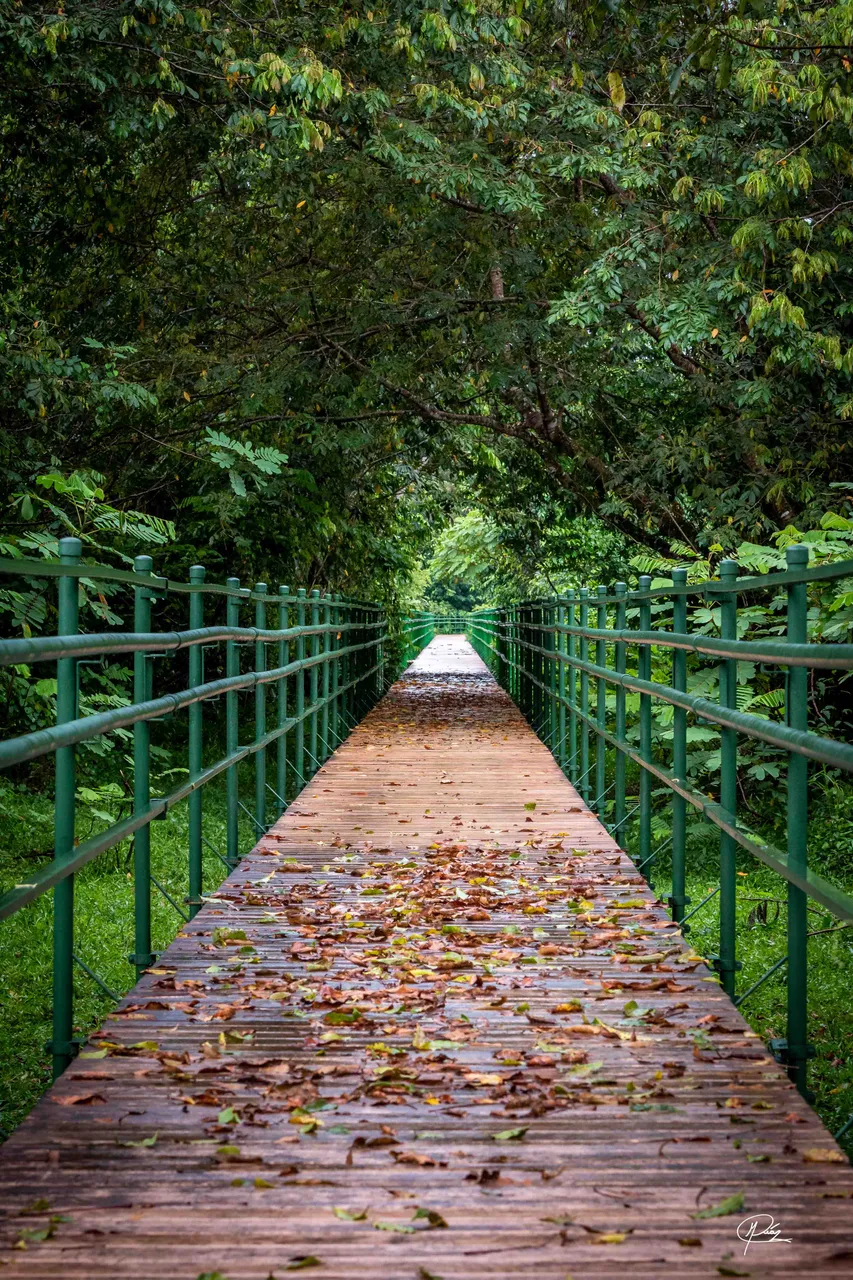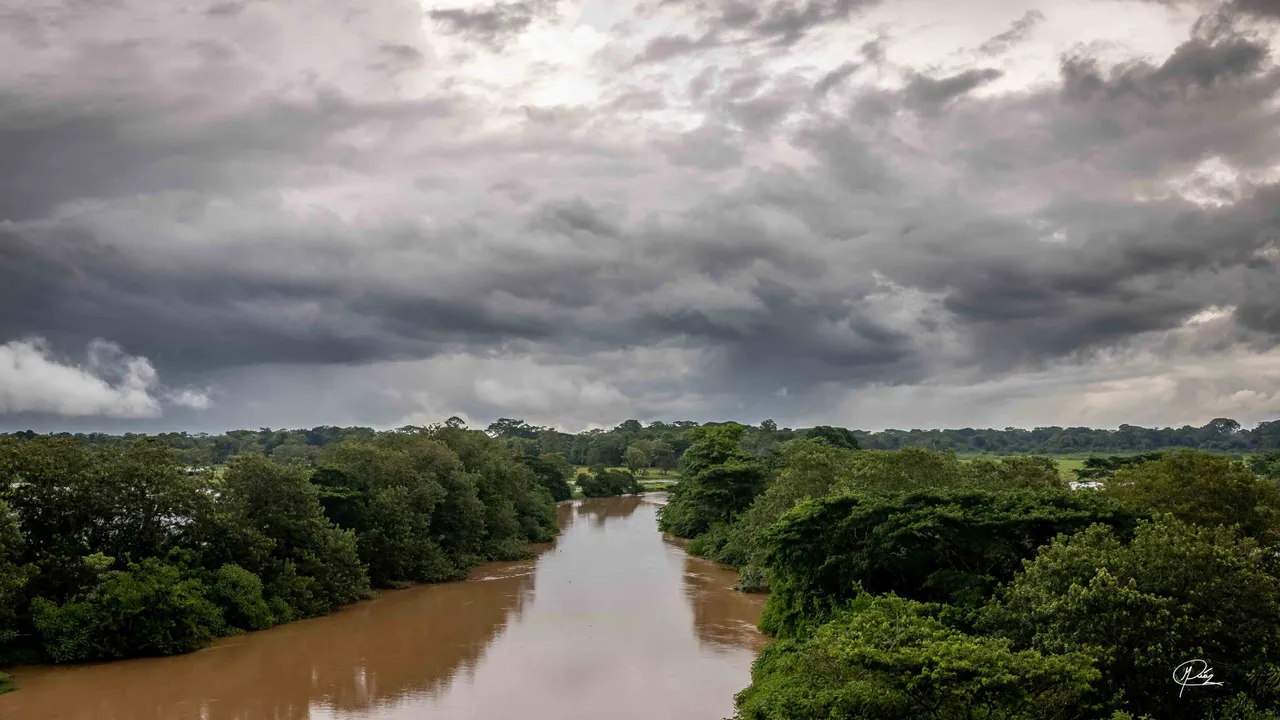
I write this post with great joy in my heart, because after almost two years I have been able to make a professional field trip in biology again. The best part is that it is the place where I will finally be able to finish my thesis, which has been greatly affected by the pandemic and that I have only been able to advance theoretically.

This natural paradise is called the Caño Negro National Wildlife Refuge, which is located in the north of Costa Rica, very close to the border with Nicaragua and a 5-hour drive from the capital San José. The refuge is formed by the most important wetlands in Costa Rica with an area of 10k hectares and fed by the waters of the Frío River.
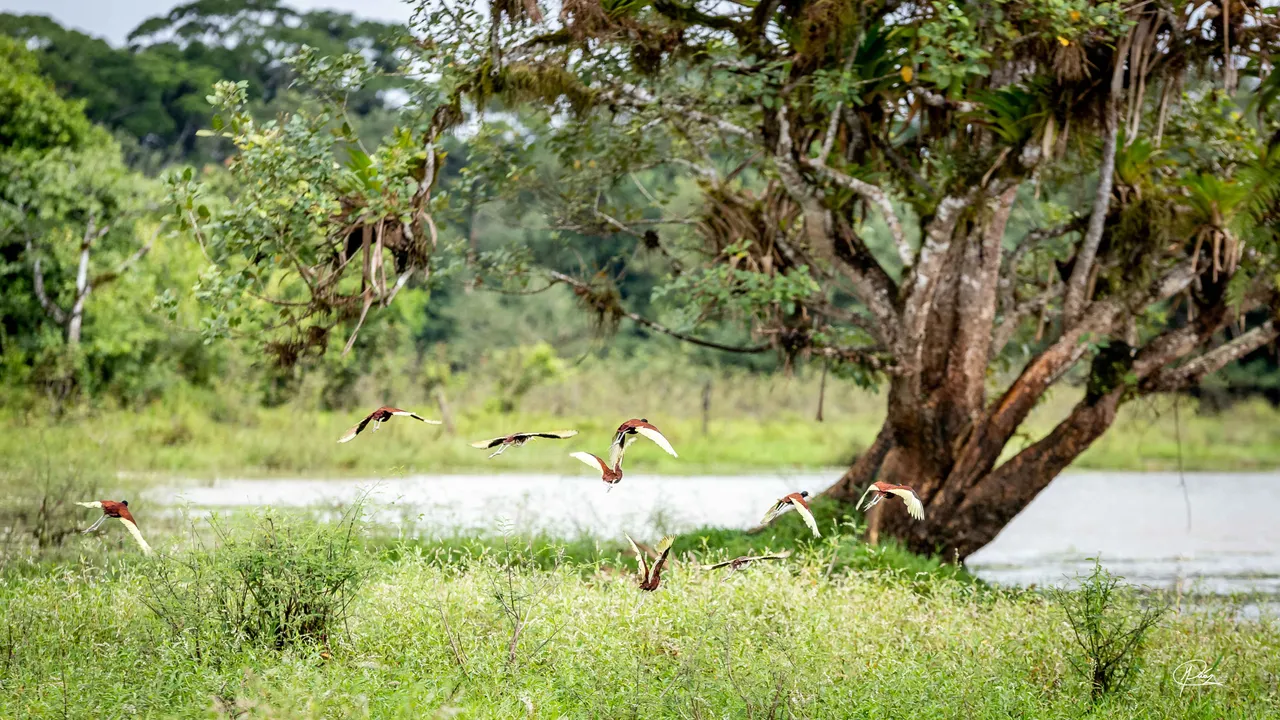
It is probably one of the four most important wetlands in the world and one of the places where you can find the greatest diversity and abundance of birds on the planet with respect to its size.

One of the objectives of my research has been to make an inventory of the species of the site, the data shows an impressive total of 455 species of birds, between migratory and resident species, 480 species of plants, 110 species of mammals, especially bats, 28 species of fish, 72 species of amphibians and reptiles and a huge variety of insects. Incredible diversity in a relatively small space.

Among the outstanding species are the Jabirú (Jabiru mycteria) which is the largest aquatic bird in the country and one of the most threatened. The alligator (Caiman crocodilus) whose population is the largest in Central America. It is also possible to observe a great variety of felines such as the jaguar (Pantera onca) and three species of monkeys. I will talk about some of them in more detail in another post.

The site is not one of the most visited in Costa Rica, however, little by little its popularity has grown, so the administration of the refuge has invested in infrastructure that allows people to observe the diversity and beauty of the site. Safely, therefore, a few years ago the elevated tower was inaugurated, which allows us to appreciate the greatness of the wetland and an elevated path, with a two-kilometer route, which allows access through the flooded forest.
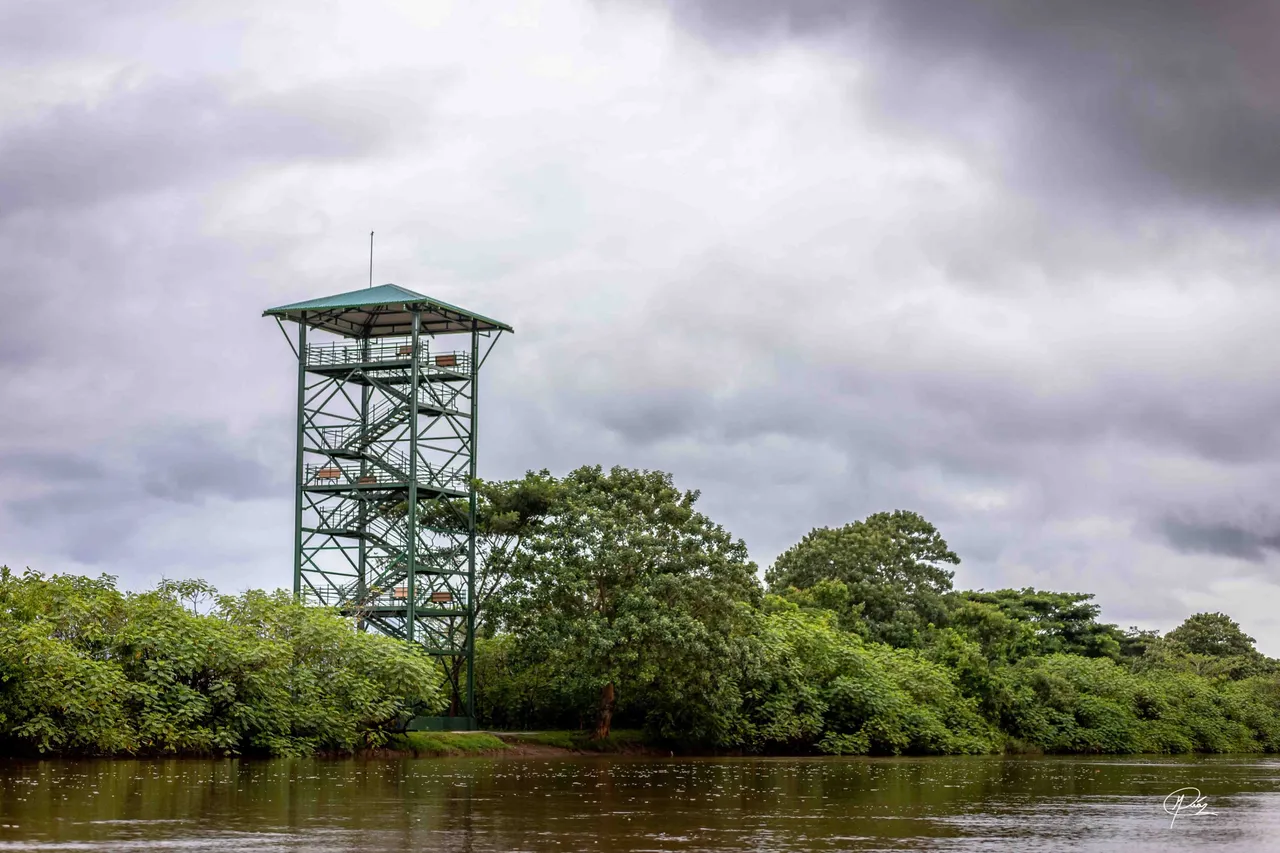
Definitely a unique place that I am just beginning to discover, and which I hope to be able to share much more with you in future visits to the refuge.

Versión en Español

Escribo este post con una gran alegría en el corazón, pues, después de casi dos años he podido realizar nuevamente una salida de campo profesional en biología. La mejor parte, es que se trata del lugar donde al fin podré terminar mi tesis, la cual se ha visto muy afectada por la pandemia y que solo he podido avanzar de manera teórica.

Este paraíso natural se llama refugio nacional de vida silvestre Caño Negro, el cual se ubica al norte de Costa Rica, muy cerca de la frontera con Nicaragua y a 5 horas de viaje desde la capital San José. El refugio esta formado por el humedal más importantes de Costa Rica con una extensión de 10k hectáreas y alimentado por las aguas del río Frío.
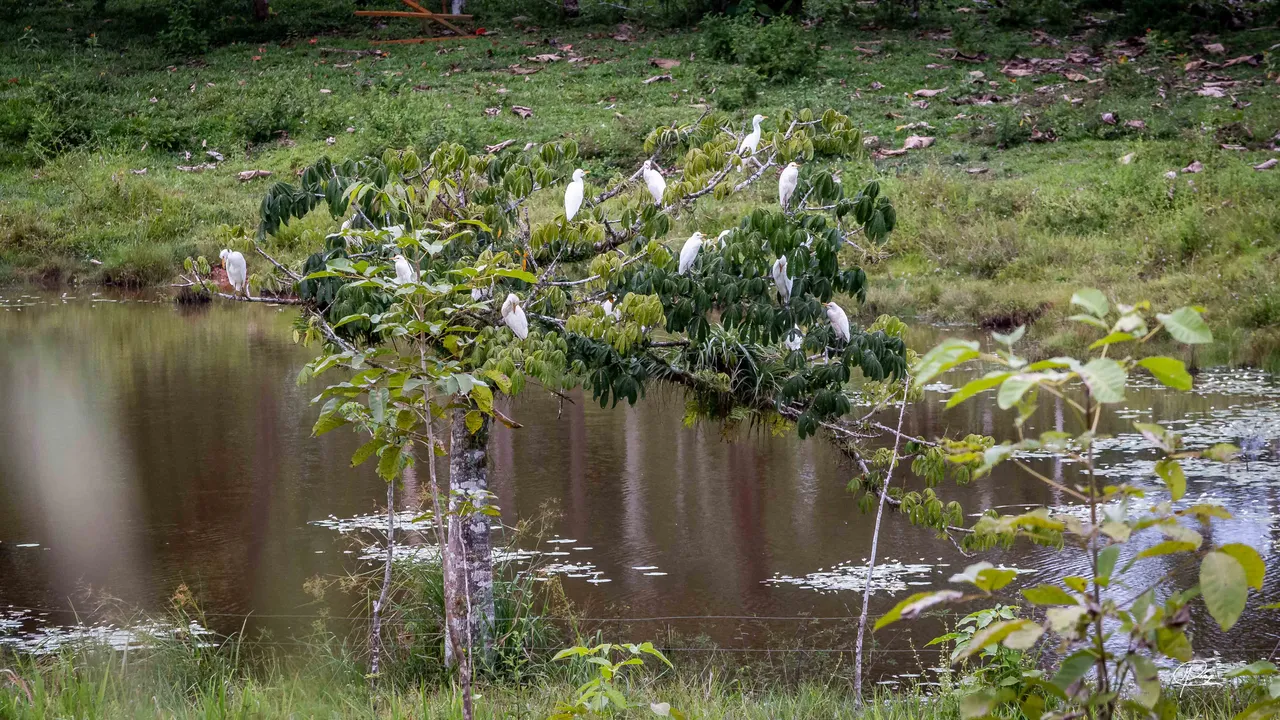
Es probablemente uno de los cuatro humedales más importante del mundo y uno de los lugares donde se puede encontrar la mayor diversidad y abundancia de aves del planeta respecto a su tamaño.

Uno de los objetivos de mi investigación ha consistido en hacer un inventario de las especies del sitio, los datos muestran un impresionante total de 455 especies de aves, entre especies migratorias y residentes, 480 especies de plantas, 110 especies de mamíferos, especialmente murciélagos, 28 especies de peces, 72 especies de anfibios y reptiles y una enorme variedad de insectos. Increíble diversidad en un espacio relativamente pequeño.

Entre las especie destacadas se encuentran el Jabirú (Jabiru mycteria) que es el ave acuática más grande del país y una de las más amenazadas. El caimán (Caiman crocodilus) cuya población es la más grande de Centroamérica. También es posible observar gran variedad de felinos como el jaguar (Pantera onca) y tres especies de monos. De algunos de ellos hablaré con más detalle en otra publicación.

El sitio no es uno de los mas visitados de Costa Rica, sin embargo, poco a poco su popularidad ha ido creciendo, por lo que la administración del refugio ha invertido en infraestructura que permita a las personas poder observar la diversidad y la belleza del sitio de forma segura, por eso, hace pocos años se inauguraron la torre elevada, que permite apreciar la grandeza del humedal y un sendero elevado, con dos kilómetros de recorrido, que faculta el acceso a travez del bosque inundado.

Definitivamente un sitio único que apenas comienzo a descubrir, y del que espero poder compartirles mucho más en las próximas visitas al refugio.
